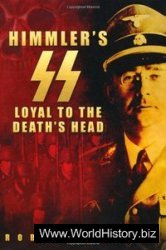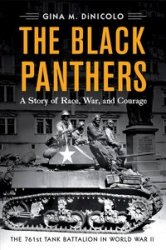The Creek, along with the other tribes mentioned, are part of the Southeast Culture Area, and all of them shared many cultural traits (see SOUTHEAST INDIANS). Since the Creek were the most widespread and powerful of all these tribes, they are cited in many books as representing the typical Southeast Indian way of life. It is thought that the Creek were descendants of the MOUND BUILDERS who lived in the Southeast in prehistoric times.
As indicated, the Creek lived along the rivers and streams coursing through the piney woods of their extensive territory. The villages were the main political unit. Each had a chief called a micco. He was not an absolute ruler as in other Southeast tribes, such as the NATCHEZ and TIMUCUA, but had functions more like those of a modern-day mayor. A council of elders, the Beloved Men, helped him make decisions, and a town crier announced the decisions to the other villagers.
The villages were organized into “red towns” and “white towns.” In the “red towns” lived the warriors who launched raids for purposes of honor and revenge; ceremonies such as war dances were held there. In the “white towns” lived the peacemakers who kept track of alliances and gave sanctuary to refugees; ceremonies such as the signing of treaties were held there.
Each village had a town square at its center with earthen banks where spectators could sit. The square was used for ceremonies and games. Each village also had a central circular house with clay walls and a cone-shaped bark roof about 25 feet high, the ceremonial lodge, as well as a shelter for the old and the homeless. Other houses were grouped in clusters of four small rectangular, pole-framed structures with bark-covered, slanted and peaked roofs. One of these clusters had tiers of benches and served as a meeting place for the Beloved Men.
The other clusters of houses served as homes for individual families. Each family had a winter house, a summer house, a granary, and a warehouse. The winter house and summer house were built with closed mud-packed walls for insulation from the cold and heat. The summer house doubled as a guesthouse. The granary was half-open, and the warehouse was open on all four sides like a Seminole chickee.

Creek house
The major form of social organization beyond the family was the clan, each of which had an animal name. In the case of the Creek, as with many other agricultural tribes, one’s ancestral identification and clan membership was determined by the mother and not the father. Marriage with someone in one’s own clan was forbidden.
The Creek were skilled farmers, growing corn, beans, squash, pumpkins, melons, and sweet potatoes. Each family planted and tended its own garden. But everyone helped with a communal field and contributed to communal stores that were used to feed warriors, the poor, and guests. They supplemented their diet through hunting and gathering.
The Green Corn Ceremony was the most important of the many Creek ceremonies. It is also called the Busk, from the Creek word boskita, meaning “to fast.” Other tribes of the Southeast also practiced this renewal ritual, which took place over four to eight days near the end of the summer when the last corn crop ripened.
In preparation for the ritual, men made repairs to the communal buildings; women cleaned their houses and cooking utensils, even burning some possessions, then extinguished their hearth fires. The highest-ranking villagers, including chiefs and shamans plus elders and warriors, all fasted. They then gathered at a feast where they ate corn and participated in the lighting of the Sacred Fire. They also drank the Black Drink, a ceremonial tea made from a poisonous shrub called Ilex vomitoria, tobacco, and other herbs, which induced vomiting and supposedly purified the body. Some participants danced the Green Corn Dance.
Then other villagers joined in the ceremony. They took coals from the Sacred Fire to rekindle the hearth fires and they cooked food for an even bigger feast, this time of deer meat. Games, such as lacrosse and archery contests, were held. There was more dancing. Villagers closed the ceremony with a communal bath in the river for purification. At the end, the entire village was ready for a fresh start of the new year. All past wrongdoings were forgiven, except murder.




 World History
World History









